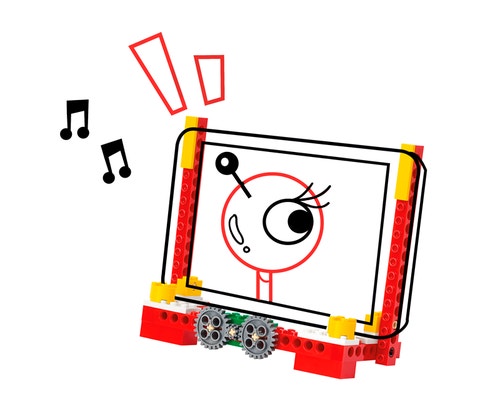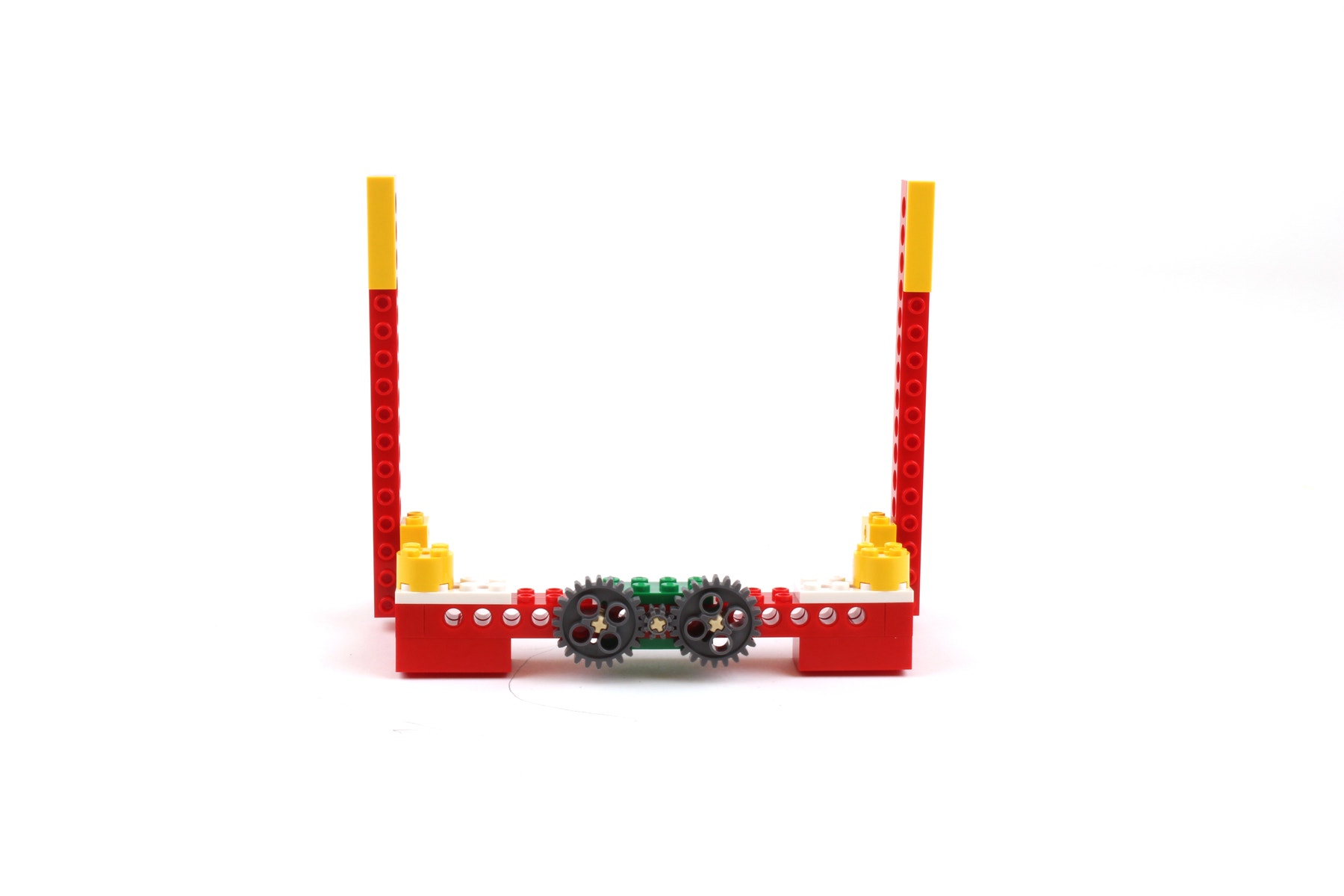Make a Digital Accessory
Invent a digital accessory that fits your needs and ease your daily life.

1.Introduction/Discussion
Hand out the worksheets and allow the students to interpret the activity for themselves, or read the MAKER connect text aloud to set the scene.
2. Find a Problem
As students look at the connect images and questions, facilitate a discussion to steer them toward a problem. Once they have decided upon a problem to solve, ensure that they record it on their worksheet.
3. Brainstorm
Students should initially work independently, spending three minutes to generate as many ideas as they can to solve the problem. They can use the bricks from the set during the brainstorming process, or sketch out their ideas in the space provided on the worksheet.
Students can now take turns sharing their ideas within their groups. Once all of the ideas have been shared, each group should select the best idea(s) to make. Be prepared to help facilitate this process to ensure that the students choose something that is possible to make.
Encourage diversity, not all student groups have to make the same thing.
Possible Digital Accessory Solution, for Inspiration
Note: You are advised not to share these images with students.


4. Choose the Best Idea
Students must record up to three design criteria (three things their design must achieve) on their worksheet so that they can refer to it when they review and revise their solution.
5. Go MAKE
Students make one of the ideas using the LEGO® Simple Machines set and other materials as needed.
Reinforce that students do not have to come up with the whole solution from the start. For example, if they are making a stand for a mobile phone, they could explore how to support the phone before thinking about how the viewing angle can be adjusted.
During the making process, remind students to test and analyse their idea as they go, making improvements where necessary. If you want students to submit their documentation at the end of the lesson, ensure that they record their design journey during the making stage using sketches and photos of their models.
6. Evaluate What You Have Mad
Students test and evaluate their designs against the design criteria they recorded before they started making their solution. They can record notes on their Student Worksheet.
Allow the students to select the tool(s) they find most appropriate for capturing and sharing their reflections. Encourage them to use text, videos, images, sketchnotes or another creative medium.
7. Present Your Model
Allow time for each student or student group to present what they have made to the class. A good way to do this is to set out a table large enough to display all of the models. If time is short, two groups can present to each other.
8. Assessment
Students use the Maker self-assessment rubric to evaluate their design work. Each rubric includes four levels of achievement. The intention is to help students reflect on what they have done well and what they could have done better.
9. Tidy Up
Ensure that you leave enough time at the end of the lesson to break the models down and sort them back into the LEGO boxes. You will need approximately 10 minutes to do this.
Teacher Support
After completing this lesson, students will have:
- Defined a clear design need
- Developed their ability to iterate and improve design solutions
- Developed their problem-solving and communication skills
LEGO® Simple Machines Set (one set for every two students is recommended)
A mobile phone and/or a tablet device for testing
Rubber bands (optional)
Thin cardboard (optional)
Thin plastic sheet (optional)
Standard alignment to the 21st Century Skills Early Learning Framework:
- Creativity and Innovation
- Critical Thinking and Problem Solving
- Communication
- Collaboration
- Flexibility and Adaptability
- Initiative and Self-Direction
- Social and Cross-Cultural Skills
- Productivity and Accountability
- Leadership and Responsibility
- Information Literacy
Pupil Material
Share with:
 Google Classroom
Google Classroom



